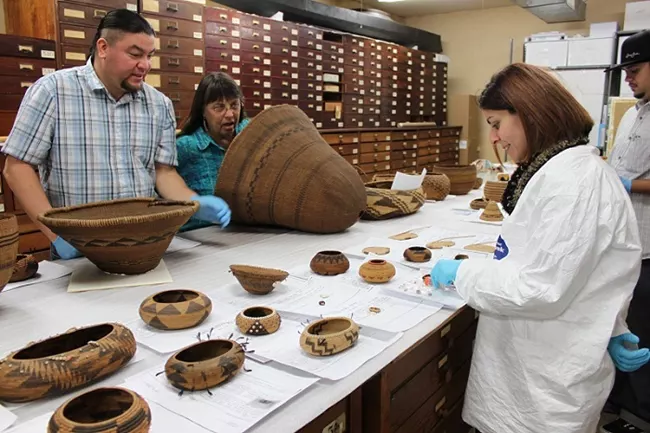As we approach the end of Native American Heritage Month, we recognize the continuing effects of settler colonialism and genocide on Native people. We also want to recognize the power, resiliency, and leadership of so many Indigenous people. We encourage you to take the opportunity to reflect and learn more about the issues facing Native people as well as how we can all be allies in advocating for Indigenous sovereignty and human rights. Museums are not and have never been neutral. It is the opinion of the Tufts Museums Studies Blog that museums must take a stand on issues of human rights and become sites of activism as well as safe and welcoming spaces to discuss fraught issues.
Sincerely,
The TMSB Editorial Team





